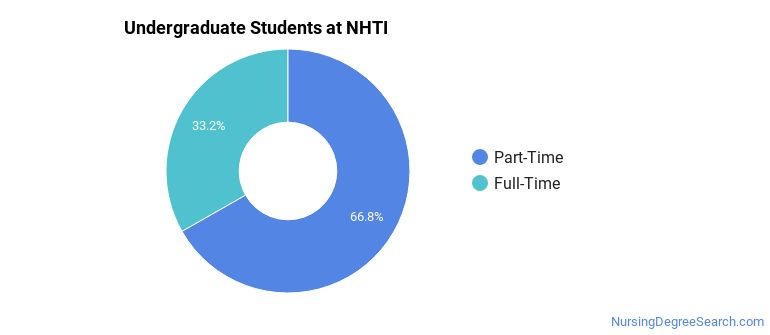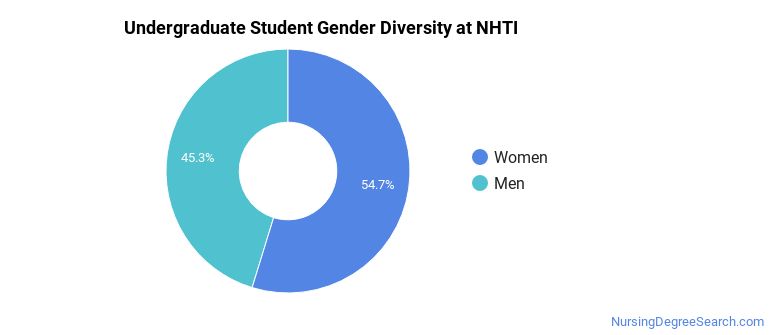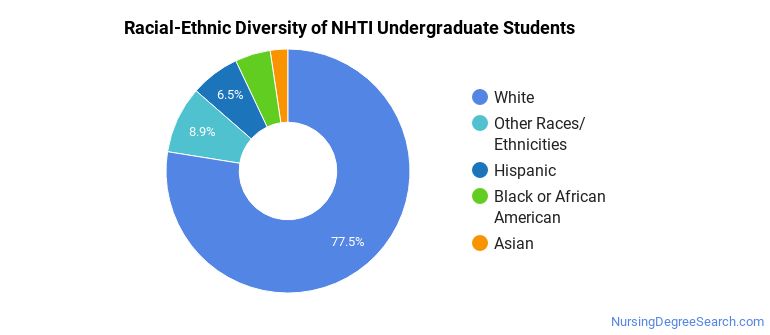NHTI-Concord’s Community College Nursing Programs
Located in Concord, New Hampshire, NHTI-Concord's Community College is a public institution. The surrounding location of Concord is ideal for students who enjoy the charms of a college town.
Where Is NHTI-Concord’s Community College?

Contact details for NHTI are given below.
| Contact Details | |
|---|---|
| Address: | 31 College Drive, Concord, NH 03301-7412 |
| Phone: | 603-271-6484 |
| Website: | www.nhti.edu |
How Do I Get Into NHTI?
You can apply to NHTI online at: https://ccsnh.my.site.com/apply/TX_SiteLogin?startURL=%2Fapply%2FTargetX_Portal__PBrtal__PB
Can I Afford NHTI-Concord’s Community College?
Student Loan Debt
It's not uncommon for college students to take out loans to pay for school. In fact, almost 66% of students nationwide depend at least partially on loans. At NHTI, approximately 51% of students took out student loans averaging $5,303 a year. That adds up to $21,212 over four years for those students.
NHTI-Concord’s Community College Undergraduate Student Diversity

Gender Diversity
Of the 979 full-time undergraduates at NHTI, 45% are male and 55% are female.

Racial-Ethnic Diversity
The racial-ethnic breakdown of NHTI-Concord's Community College students is as follows.

| Race/Ethnicity | Number of Grads |
|---|---|
| Asian | 23 |
| Black or African American | 46 |
| Hispanic or Latino | 64 |
| White | 759 |
| International Students | 0 |
| Other Races/Ethnicities | 87 |
Over 19 countries are represented at NHTI. The most popular countries sending students to the school are Nepal, India, and Congo.
NHTI-Concord’s Community College Nursing Concentrations
The table below shows the number of awards for each concentration.
| Major | Basic Certificate | Associate’s | TOTAL |
|---|---|---|---|
| Registered Nursing | 0 | 38 | 38 |
| Nursing Administration | 1 | 0 | 1 |
| TOTAL | 1 | 38 | 39 |
References
*The racial-ethnic minorities count is calculated by taking the total number of students and subtracting white students, international students, and students whose race/ethnicity was unknown. This number is then divided by the total number of students at the school to obtain the racial-ethnic minorities percentage.
More about our data sources and methodologies.
